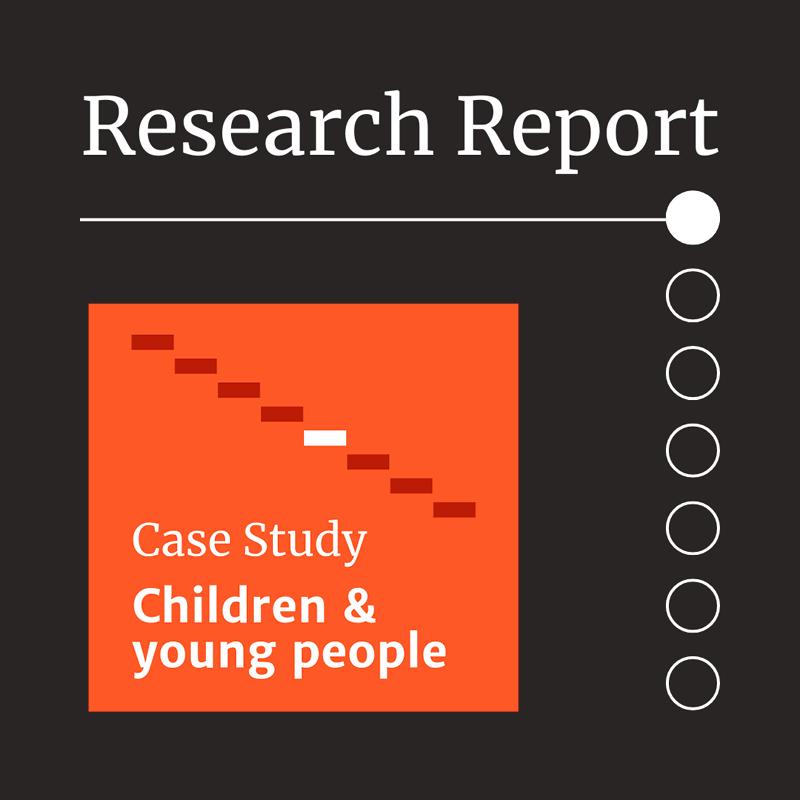Surveilling young people online: An investigation into TikTok’s data processing practices

This report explores TikTok’s data collection and use practices, as an example of how social media handles children’s data. It explores the consent and sign up process for children and young people, and how Tik Tok uses young people’s data to develop and drive their algorithms.
The collection and use of data underpins the attention economy and the business model of almost all social media platforms. The longer a user is engaged on a social media platform, the more opportunities the platform has to profit by serving them personalised advertising. This is the primary business model of most social media platforms, from Facebook to Snapchat to Twitter and TikTok. And it is true for both adults and children.
TikTok is of particular interest because of its popularity with younger people. Gen Alpha and Gen Z make up TikTok’s two biggest user groups in Australia by age. This means TikTok is collecting and using a lot of data about young Australians.
This report investigates how TikTok collects and uses this data, and finds that:
- TikTok’s sign on process, and their terms and conditions, make it difficult to argue that younger users have meaningfully consented to their data collection practices
- In a survey of 238 16 & 17 year old TikTok users in Australia, an alarming 67.8% of respondents suggested that they did not think that they had offered meaningful consent to TikTok’s data collection practices
- TikTok will use data about young people’s activity on the app to train their recommender system to deliver questionable content, which can be in violation of their own community guidelines